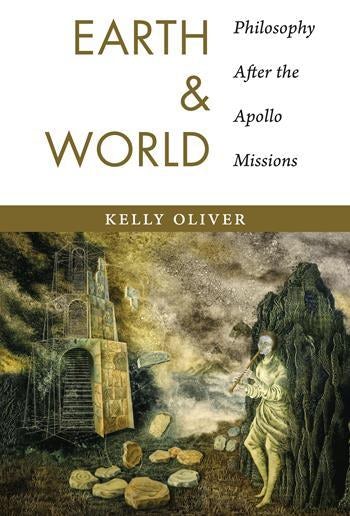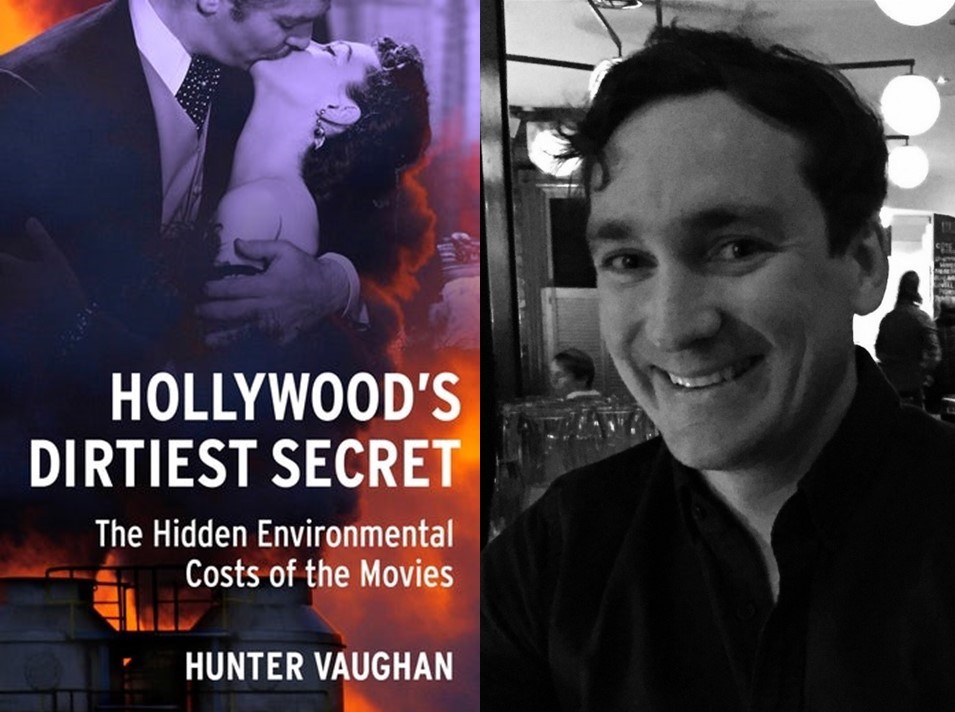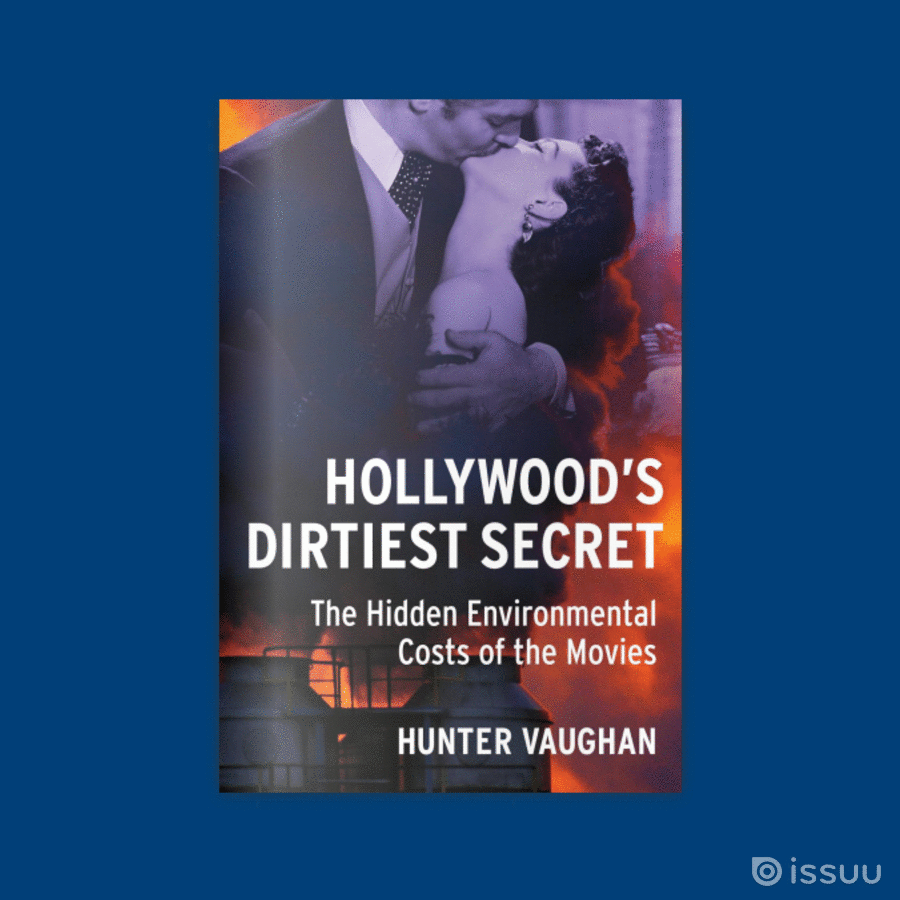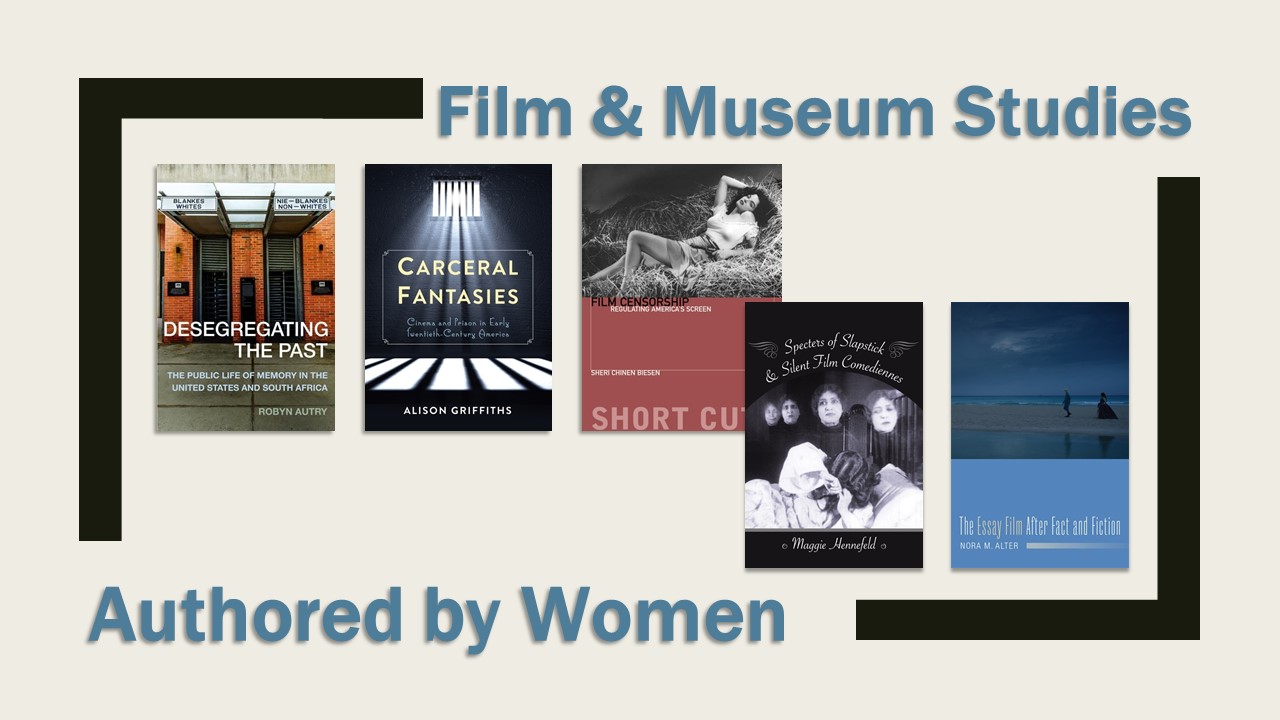Kelly Oliver — Bella's Baby: Extreme Home Birth
This coming Sunday, May 13, is Mothers’ Day. In honor of the occasion, we have two articles this week discussing popular conceptions of motherhood. Today, we are featuring an article by Kelly Oliver, the W. Alton Jones Professor of Philosophy at Vanderbilt University and author of a number of books including the forthcoming Knock Me Up, Knock Me Down: Images of Pregnancy in Hollywood Films and Women as Weapons of War: Iraq, Sex, and the Media.
Twilight: Breaking Dawn continues a long line of horror films featuring women giving birth to otherworldly creatures. Bella, the teenage heroine of the Twilight series, is a modern day Rosemary’s Baby, whose pregnancy with a “demon” leaves her wasting away. While Rosemary drinks vile potions prepared by witches, Bella drinks blood out of kiddie Styrofoam cups complete with straw. She is further infantilized cuddled up on the couch under her childhood quilt, another nod to the childlike Rosemary. Whereas Rosemary’s Baby ends with a close-up of the demon baby’s glowing red eyes, Breaking Dawn ends with a close-up of Bella’s glowing red eyes, signaling her transformation into a vampire.
Another homage to Rosemary’s Baby is Bella’s nightmarish birth scene, shown through flashing images of a screaming Bella being drugged so vampires can remove the baby. Talk about extreme home birth! Edward delivers the baby by chewing through the amniotic sac. Not a very sterile operation, but it does the trick. Still, don’t try this at home! Never fear, the baby looks adorable after Edward’s “sister” cleans her…perhaps by licking off all that blood?
Bella’s insistence that it is her choice to give have her baby echoes recent Hollywood pregnancy films that shun abortion and endorse family values (Fools Rush In, Nine Months, Knocked Up). These movies endorse the point of view that despite the sacrifices and dangers involved, babies and motherhood are true sources of women’s happiness, even if the monster baby may threaten humanity.
In fact, Bella could be the poster-girl for Sylvia Ann Hewlett’s book Baby Hunger, which advises white educated women to marry young and start having babies before devotion to their careers leaves them childless and bitter—those with the best genes have a duty to the nation to reproduce. Breaking Dawn gives a new meaning to “baby hunger.” Certainly, Bella “gets her cake and eats it too.” Bella “has it all” by becoming a mother and a vampire in the same scene. Motherhood makes her immortal. With Breaking Dawn, Twilight has become a dark endorsement for the cult of motherhood, even though not all of the characters in the movie are thrilled by Bella’s pregnancy.
Edward, her vampiric husband, is repulsed by their unborn child and recoils after an Internet search reveals horrible hybrid images. As in other horror films like The Astronaut’s Wife, Species, Grace, and Splice, the threat posed by this fetus is not that it is an alien or a vampire, but rather that it is a hybrid. Because of its mixed blood, it contaminates the human species, a threat even greater than its thirst for blood. Vampires, wolves and humans must not mix, especially through sex or reproduction.
Miscegenation is portrayed in these films as the greatest possible danger to humanity and is often punishable by death. Bella’s baby threatens humanity with something superhuman—the super-beautiful, super-smart, super-strong vampires—but also mixed with human blood. And it is the mixing that makes Bella’s baby more dangerous than any of the vampires.
Will there be more species mixing between Bella’s vampire baby and her werewolf pal Jacob? Will species mixing lead to “better race relations”? Or, is the “miracle” baby (as Bella says) born from the union between an extraordinarily beautiful white teen and her superman, super-wealthy vampire an argument for eugenics? Only the best of the gene pool should reproduce? As Bella’s schoolmate remarks at the wedding when he sees the beautiful vampire cousins from Alaska, “that must be some gene pool!”
Bella wants to get her some of those genes. She wants to be rich, beautiful and immortal like the vampires. Of course she chooses the rich sophisticated cosmopolitan vampire, over poor half-clothed wolfboy who has spent his entire life on the reservation! Bella doesn’t just love Edward, she wants to be him, and she wants to reproduce him (she thinks her baby is a boy). She has been begging for vampire sex and venom from the start.
The sex scene is the most anticipated in this saga of teenage longing and abstinence. After four installments of pent up libido, is it any wonder that the 100-year-old virgin vampire breaks the bed during sex? And, either vampire semen is especially potent, or Bella, like other recent pregnant Hollywood teens (notably Juno, aka Fertile Myrtle) is hyper-fertile and gets pregnant immediately.
Bella is not just knocked-up by vampire sex, she’s knocked around. The ultrasensitive Edward refuses to continue bruising his beloved, and Bella has to beg him for more. This is a central difference between Polanski’s Rosemary’s Baby and what director Bill Condon calls “heroic female sacrifice”: Whereas Rosemary is all alone and afraid, Bella is surrounded by people (okay vampires, wolves and a couple of people) who love and support her, who bring her everything she needs, and who live to protect her.
Whereas Rosemary’s husband is selfish and exchanges their baby’s soul for his career, Edward is the epitome of thoughtfulness who devotes himself to his wife’s well-being, even if that means controlling vampire urges to taste her sweet smelling blood, and teenage hormones that want more bed-breaking sex.
Although she may seem passive, even whiny—a depressed Juno McDuff—unlike Rosemary, Bella is in control, knows what she wants, and gets it from everyone around her, especially Edward who is under her spell—or is it her smell? However, it is what Bella chooses to do with that control that is the most disturbing aspect of Twilight: Breaking Dawn.







